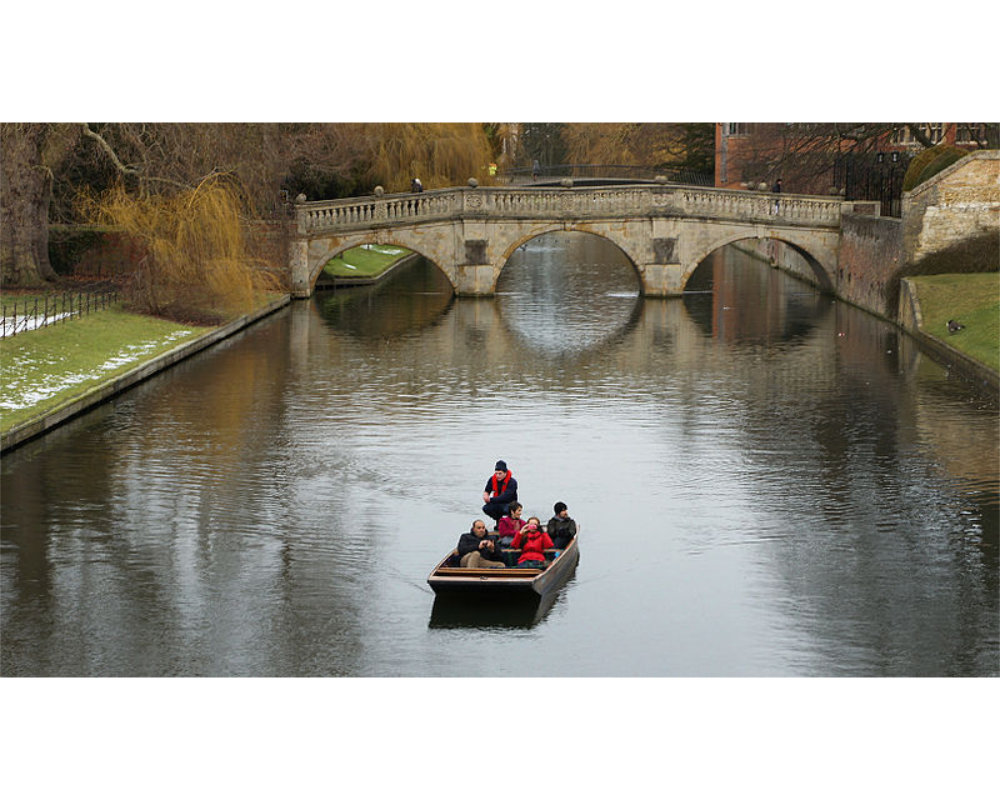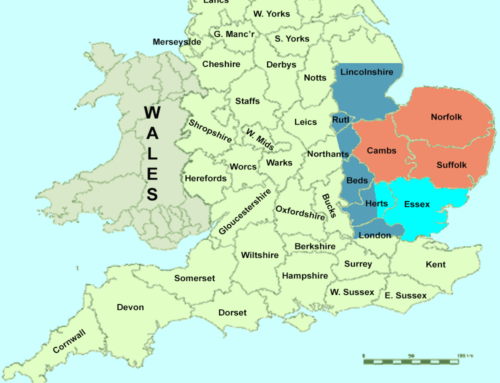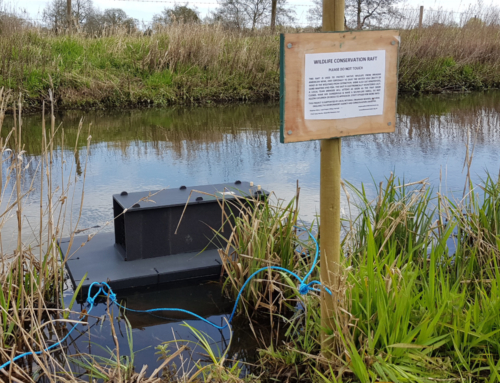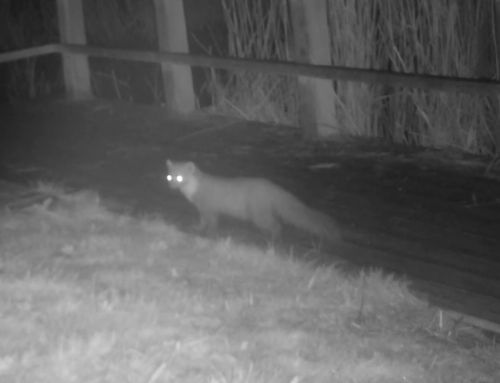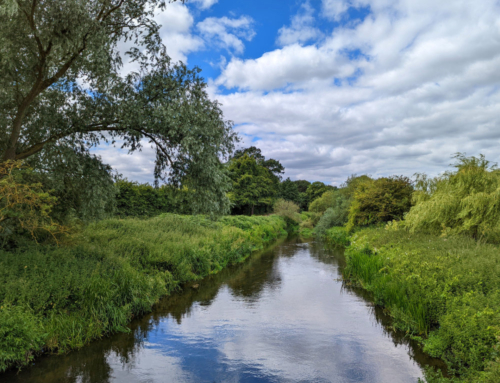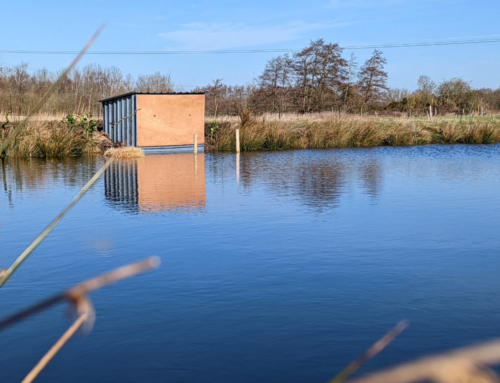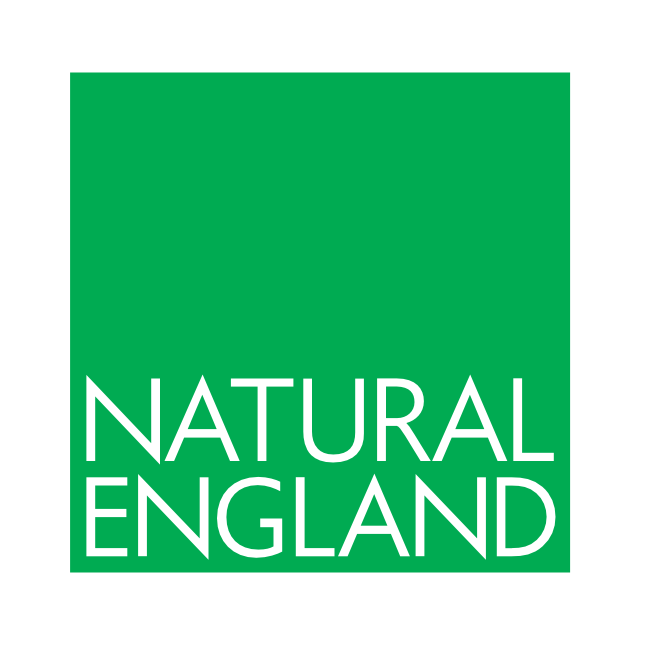Collaborating with the Cam Valley Forum
The River Cam in Cambridgeshire – idyllic scenes of students punting upriver to Grantchester Meadows and drinking Pimms? Eights in training for the Boat Race on the lower reaches where it deepens and widens on its way to the Fens? A hotbed of invasive species? Yes, yes, yes!
While the city of Cambridge was clearly built on the river (the clue is in the name!) and the University depends on it for much of its cultural life, there are problems beneath its serene surface. The Cam Valley Forum https://camvalleyforum.uk/ was set up to try to address these problems. As well as invasive aliens, the list of problems includes pollution, abstraction and low flow, engineering of the river banks and water course, weirs and locks preventing fish passage, siltation, litter, inappropriate leisure activities and flooding issues including non-flooding of the floodplains where embankments have been built, leading to more devastating floods elsewhere. To say that Cam Valley Forum has a bit of a job on its hands is an understatement!
The Invasive Species threats are the ones that interest us here at Waterlife Recovery East, of course, and the CVF has been effectively tackling many of the plants – particularly Floating Pennywort and Himalayan Balsam. To date, however, they have not tackled any of the animal invaders – although they are looking at American Signal Crayfish. They have long been aware of the mink control undertaken within the catchment by me through my work with the Countryside Restoration Trust. We started on the Bourn Brook, a tributary of the Cam which has its confluence at Byron’s Pool, the upper limit of the punts. Over the last decade, I have trapped mink from many streams and rivers in the Cam, mostly the ‘Upper Cam’, south of Cambridge, but more recently extending to the point where it meets the Great Ouse. The CVF members have seen the welcome return of Water Voles to many watercourses, including many places in the city itself, and were keen to support our campaign to move from the current ‘control’ level towards becoming part of the ‘eradication’ phase which WRE is aiming for. ‘Control’ is where mink rafts are deployed at low density for short durations to keep the numbers low enough for breeding to be a rare event and to allow water voles and so on to breed safely. ‘Eradication’ means that enough traps are permanently in operation that no mink can enter the area without being caught before they get time to even think about breeding! This means more mink rafts, and all of them in place all the time (i.e. ‘Smart Traps’). These cost a bit more but do a lot more trapping for you. Just as important as having the traps, we also need the right places to put them, and enough volunteers to look after them.
In early November we had a little get together over Zoom where I joined the CVF to discuss the requirements and benefits of a mink eradication. I’m pleased to say that they have offered to fund several mink rafts for us. And a short article in their newsletter has already received three great responses – one volunteer has come forward to help shoot mink, another has offered a location in his garden where a mink raft might be sited and a retired mink trapping angler has offered to fund another smart raft from his own pocket.
One of the CVF committee has commented on how much the increase in Water Voles has helped with the excessive weed growth that is a characteristic problem of many of the headwaters of the Cam. Due to excessive nutrients coming from farmland and sewerage outflows, many rivers have a lot of weed growth. The Environment Agency are in constant war with this growth as it can impede flow and cause flooding issues – they cut or even spray with glyphosate on a regular basis. Now the Water Voles are back, eating this vegetation all through the growing season, it is getting less of a problem. If Water Voles are ecosystem engineers, that to my mind makes Mink ecosystem wreckers!
Photo credit: Steve Evans from Citizen of the World, CC BY 2.0 <https://creativecommons.org/licenses/by/2.0>, via Wikimedia Commons
Related Posts
If you enjoyed reading this, then please explore our other articles below:
